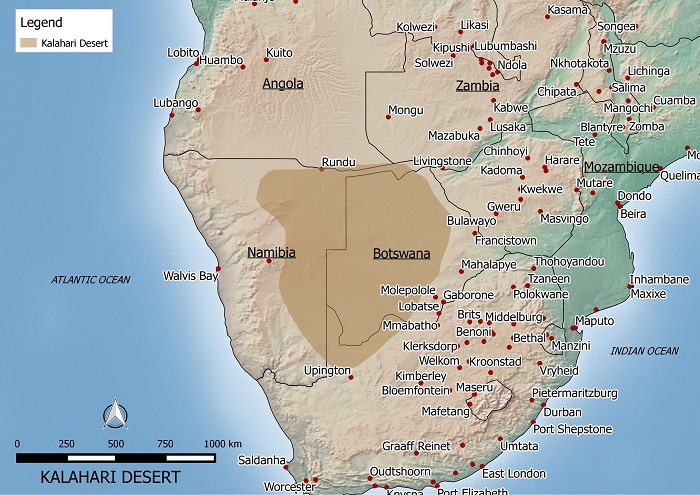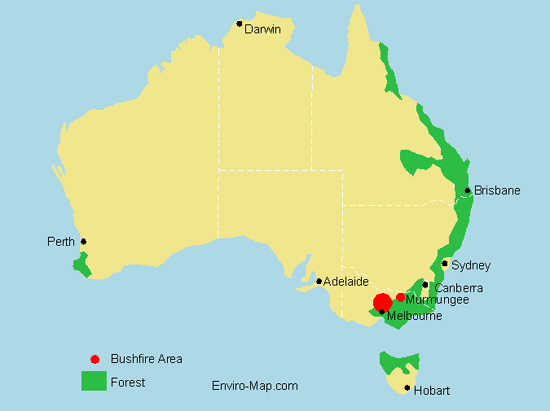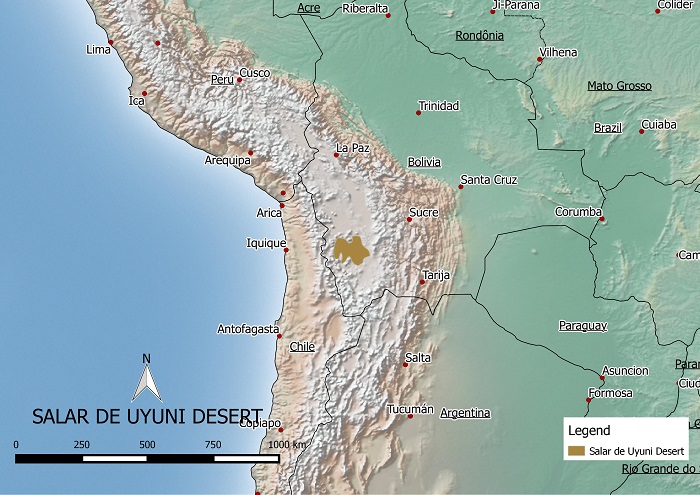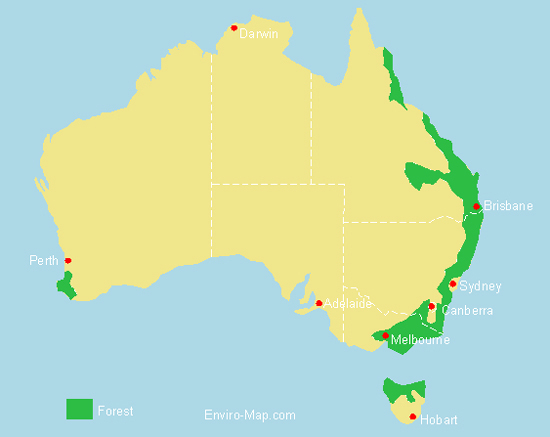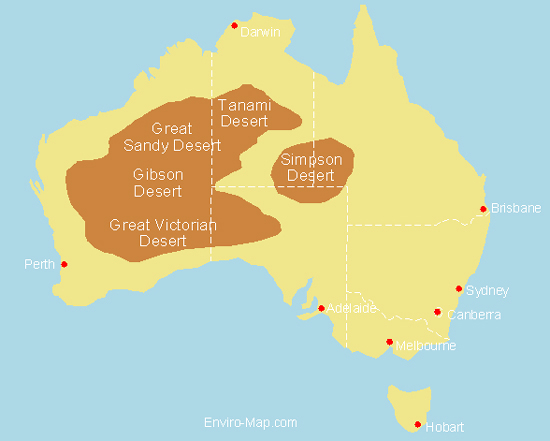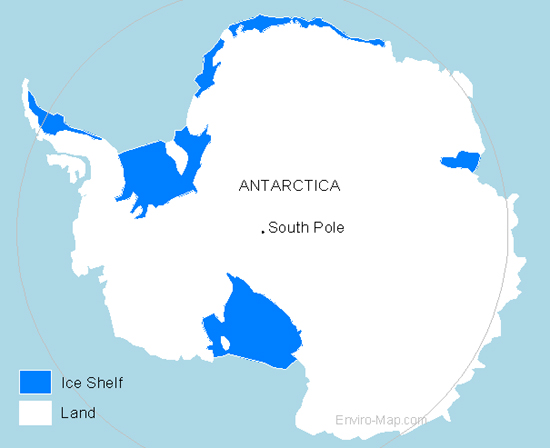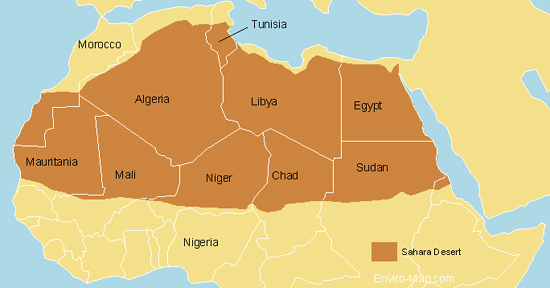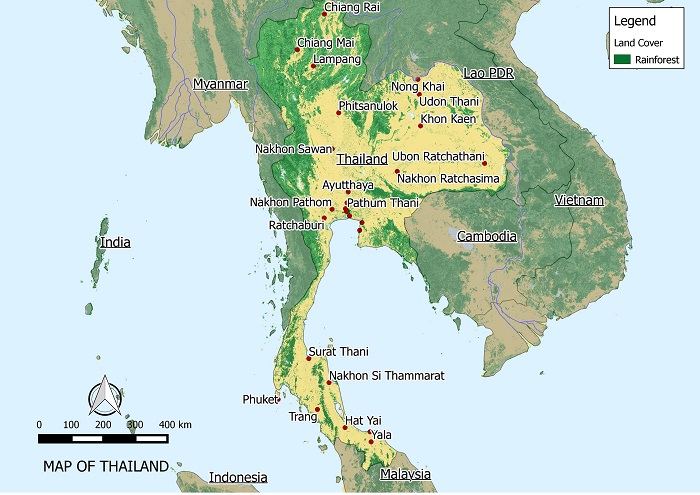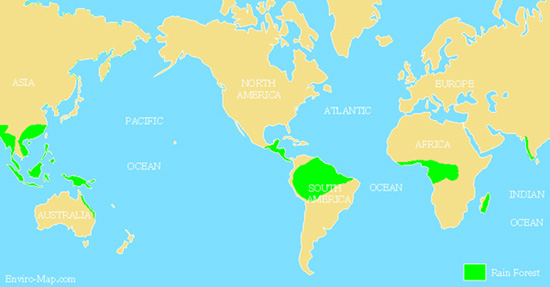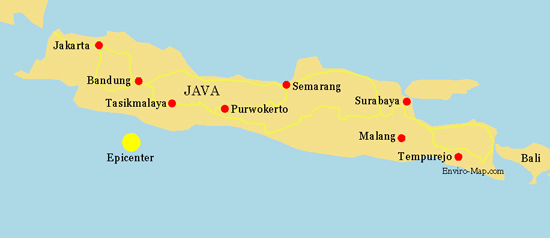
On September 2nd a large earthquake hit the southern coast of the island of Java. It was measured at an intensity of 7.3 and has left thousands of homes damaged and at least 40 people dead so far.
The town worst affected by the earthquake is Tasikmalaya, shown in the map above. Tremors could be felt as far as Jakarta in the west and Bali island in the east.
In the capital Jakarta high rise buildings swayed and suffered structural damage. People evacuated buildings and gathered in open spaces as aftershocks continued.
There were also fears of a tsunami and an alert was raised but it has been retracted.
